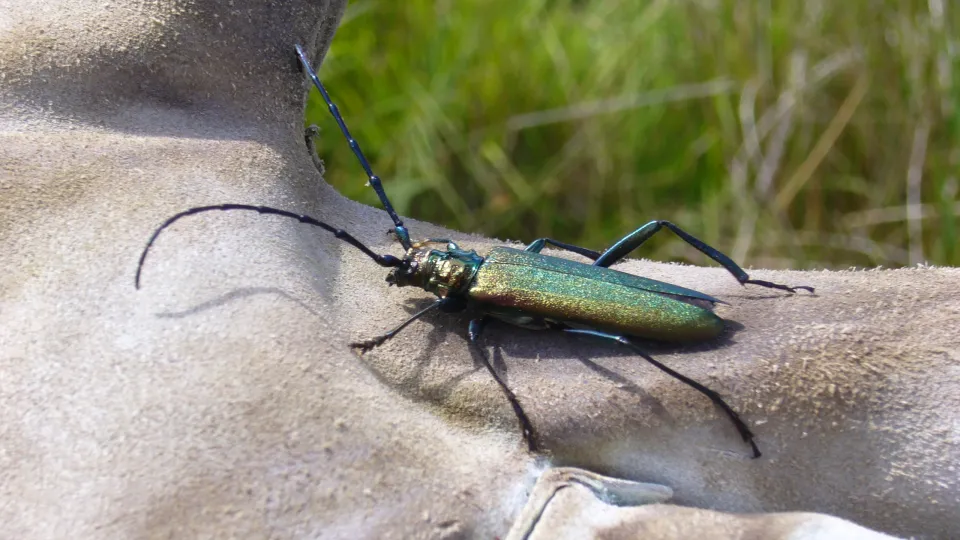
Musk beetle
The metallic-green Musk beetle lives up to its name: it releases a musky-smelling secretion when it defends itself. It is a longhorn beetle, so has lengthy antennae. Look for it near wetlands in summer.
A Taxa which are neither threatened nor near threatened.

The metallic-green Musk beetle lives up to its name: it releases a musky-smelling secretion when it defends itself. It is a longhorn beetle, so has lengthy antennae. Look for it near wetlands in summer.
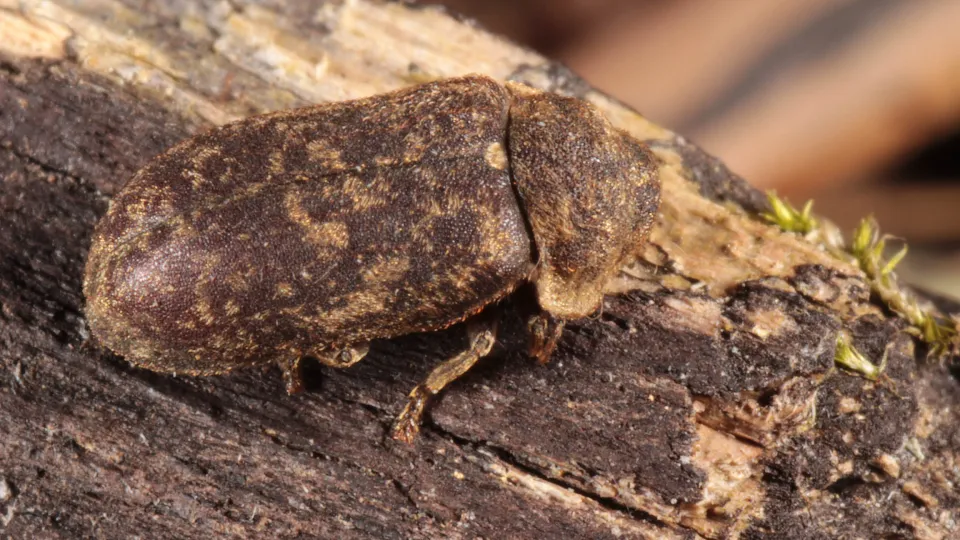
Famed for its tapping in the middle of the night, supposedly heralding tragedy, the Deathwatch beetle is a serious wood-boring pest. In houses, their tunnelling can cause major damage.
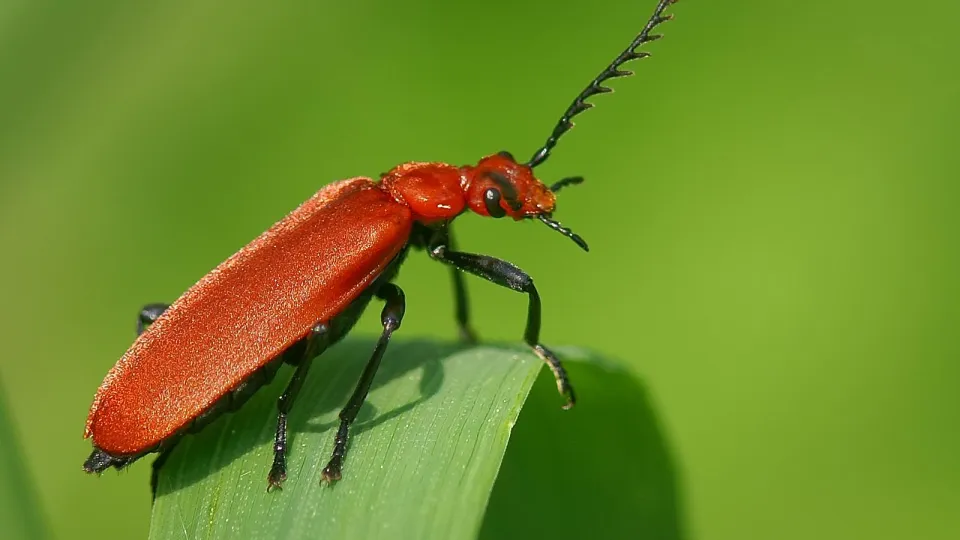
A bright red beetle, with black legs and knobbly antennae, the red-headed cardinal beetle lives up to its name. Look for it in woodland, along hedgerows and in parks and gardens over summer.
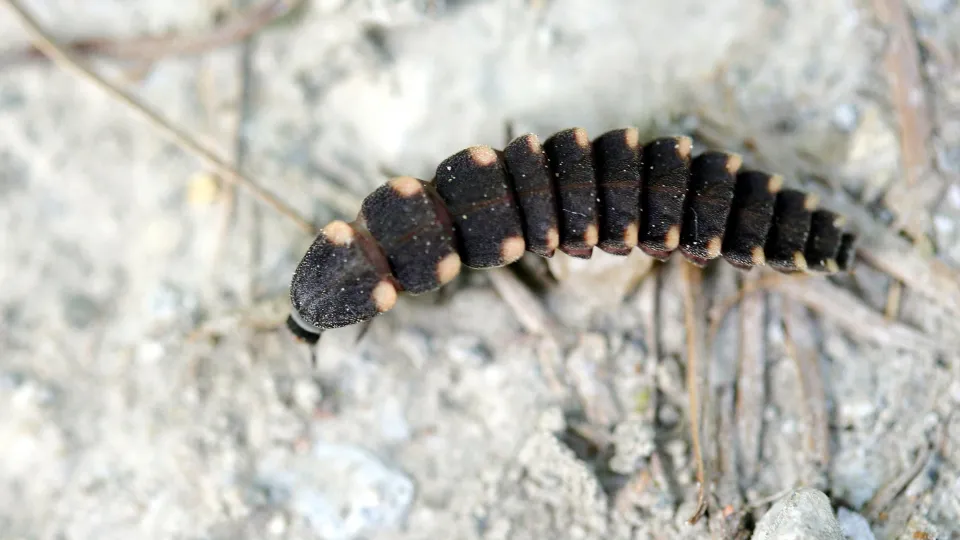
The glow-worm is not actually a worm, but a beetle. Males look like typical beetles, but the nightly glow of a female is unmistakeable - lighting up to attract a mate in the darkness of their grassland habitats. Look for the adults in summer.
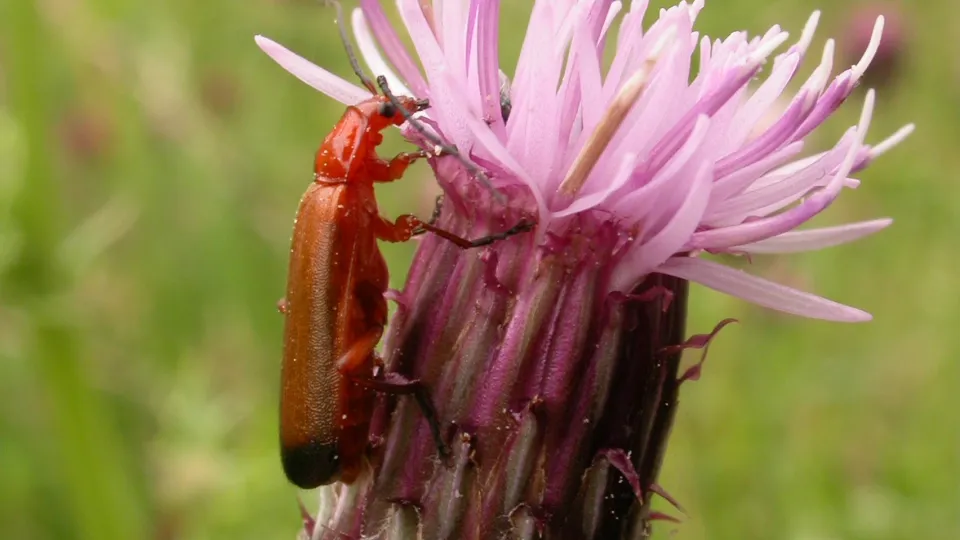
The common red soldier beetle is also known as the 'bloodsucker' for its striking red appearance, but it is harmless. It is a beneficial garden insect as the adults eat aphids, and the larvae eat other pests.
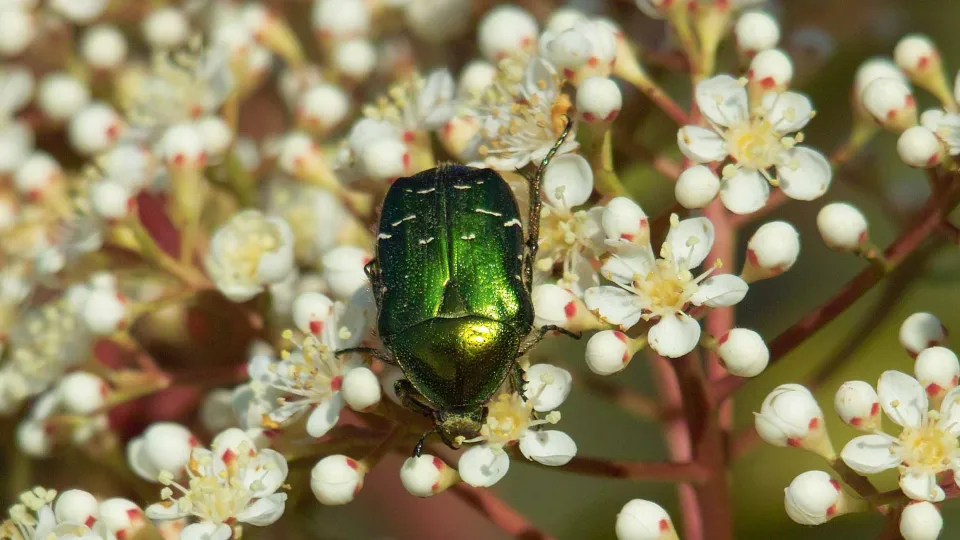
The rose chafer can be spotted on garden flowers, as well as in grassland, woodland edges and scrub.
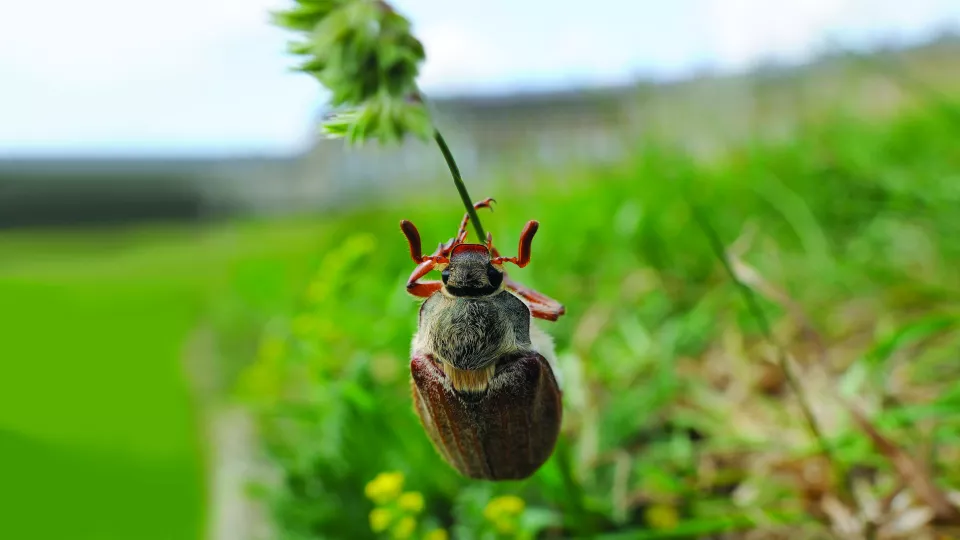
This large, brown beetle can be seen swarming around streetlights in spring. They live underground as larvae for years and emerge as adults often in large numbers. Listen for their characteristic buzzing sound.
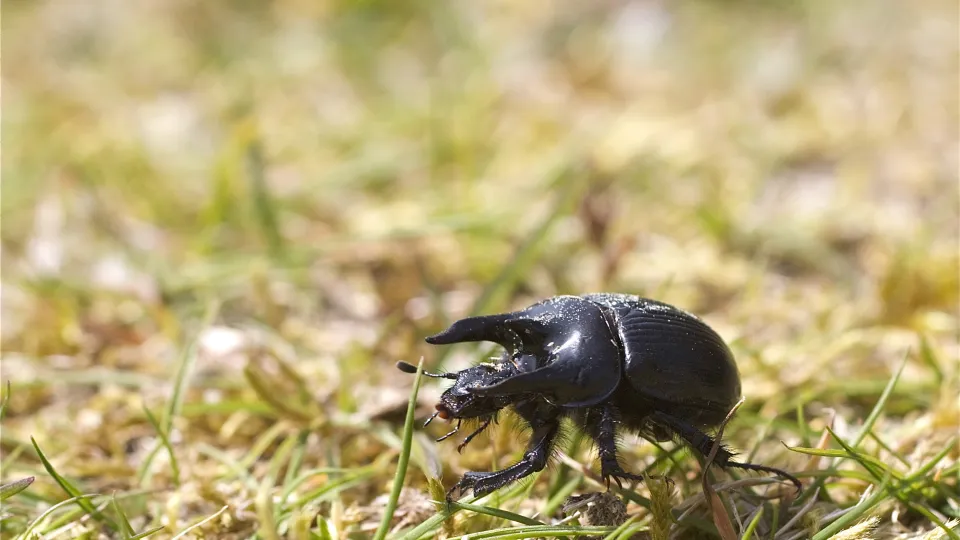
So-named for its three bull-like horns, the Minotaur beetle is a large dung beetle found on grassland and heathland from the autumn. Adults drag dung back to their nests for their larvae to feed on.
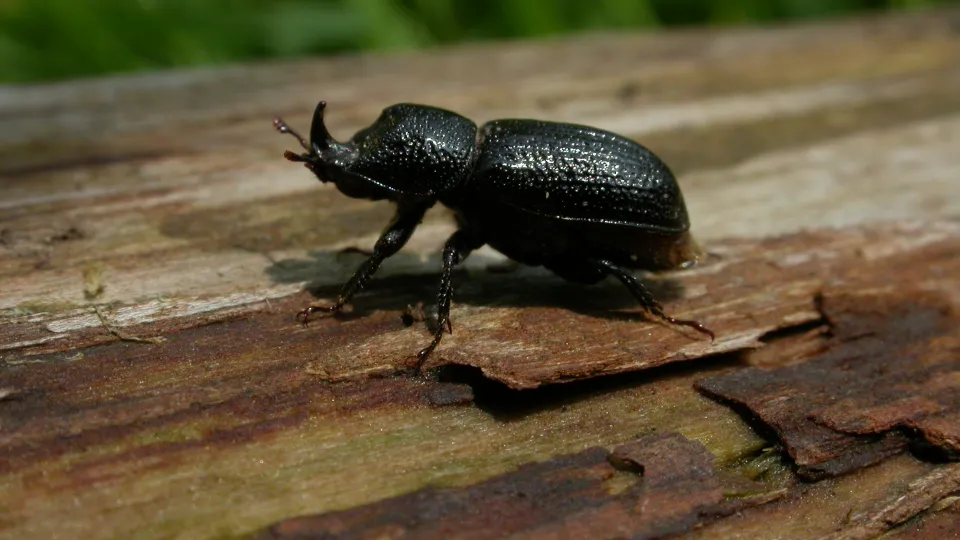
The rhinoceros beetle lives up to its name by sporting a distinctive 'horn' on the males' head. This glossy, blue-black beetle can be found in woods, parks and hedgerows, and depends on dead wood.
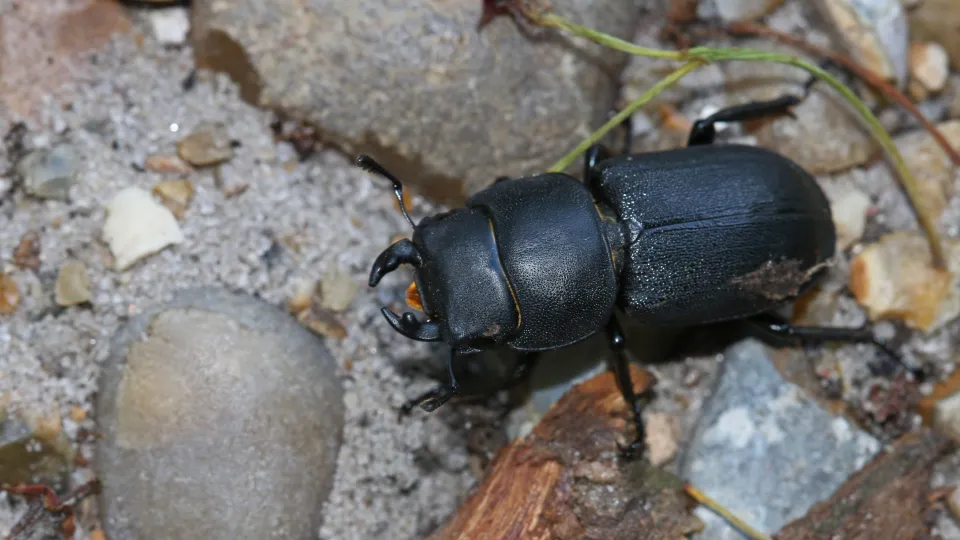
The lesser stag beetle may be smaller than its famous cousin, but it is still a large beetle with large jaws. It can be seen in woods, parks and hedgerows during summer, and depends on dead wood.